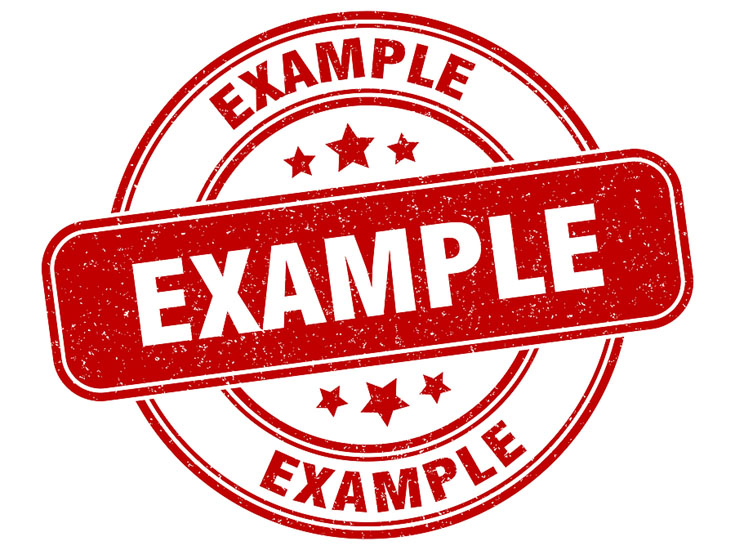👥 250,000 Trained
🏆 9 x Award Winners
⭐ 96% Review Rating
📈 24 Years of Proven Results
Written by Sean McPheat | 

The difference between cross-selling and upselling is quite subtle. Both are different types of selling in their own right and offer different opportunities for increasing your margins and sales at the point of sale. Chances are that you’ve already asked for the sale and your customer has already said yes to purchasing a particular product or service, so you really have nothing to lose to try and add some additional turnover to the deal.
Cross selling and upselling are similar in that they both focus on providing additional value to customers, instead of limiting them to already-encountered products. In both cases, the business objective is to increase order value and inform customers about additional product and service options they may not already know about.
Let’s dive into the definitions and examples of cross selling and upselling.

Cross selling encourages a customer to add a product or service on top of their intended purchase. Active customers ready to purchase are often open to adding on a supplementary product if it makes sense to them.
For example, if a customer buys a smartphone, they most likely will buy a phone case, headphones, or a screen protector. These additional products do well in a smartphone cross selling strategy.
In a B2B selling environment think about warranties, insurance and additional bells and whistles that complement the purchase.

1. Suggest products that go well together
Customers are often single-minded about what they want to buy or how much they can spend. However, you can offer additional products that make their purchase work better. For example, if a customer wants to buy a laptop, you can cross sell a laptop case or backpack or a foldable laptop stand. Offer these cross selling products based on the buying patterns of previous customers.
2. Retail Stores
Think of a display dummy at a clothing store, which offers a great deal for buying the entire “look”. If a customer is shopping for just a shirt, they can see how it works with a particular pair of jeans or coat. This prompts them to add these extra clothing items to the basket.
If they are purchasing a hat, think about gloves and scarves. If they are buying a necklace think about a ring or a bracelet.
3. Gift Packages
Most of us buy gifts to impress the person who receives them. This is an excellent opportunity for a gift shop to cross sell items for a little extra wow factor. For example, a bouquet goes well with assorted chocolates or a bottle of wine. Selling a product itself can be gift wrapped and hence a cross sell opportunity.
4. Business to Business
Think of extended warranties or insurance. If you sell commercial printers try and cross sell the paper, toner refills and the maintenance of the product too. That sounds like a good cross sell opportunity and is something we cover in our Selling Skills Training Courses.
Updated on: 20 December, 2021
Originally published: 26 November, 2019
Related Articles

Search For More
